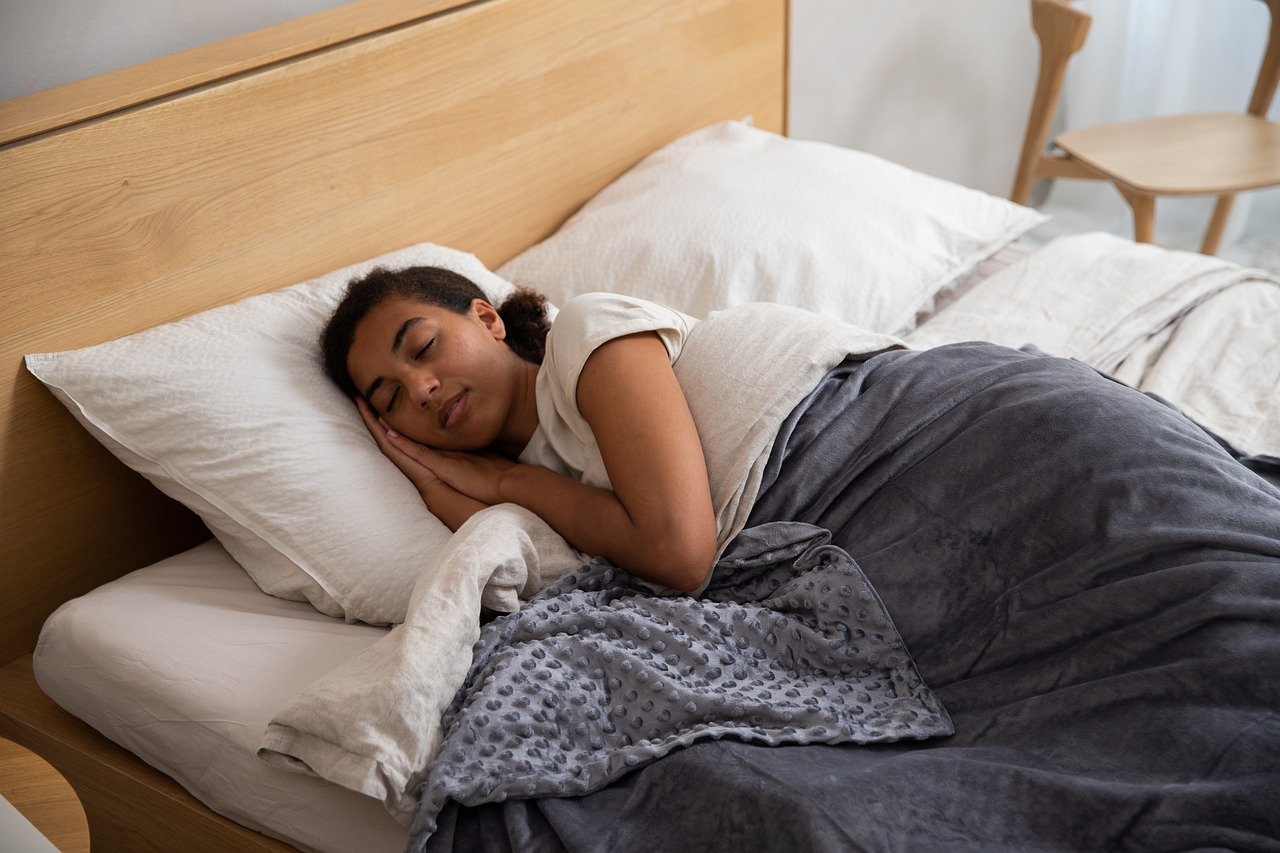Choosing the Right Mattress: What You Should Know
A good night's sleep is essential for our health and well-being, and the right mattress plays a crucial role in achieving that. With so many options available, choosing the perfect mattress can be overwhelming. This article will guide you through the process of selecting the ideal mattress for your needs, exploring the benefits of upgrading, types to consider, and common mistakes to avoid.

What are the benefits of upgrading your mattress?
Upgrading your mattress can have a significant impact on your sleep quality and overall health. A new, high-quality mattress can provide better support for your body, reducing aches and pains. It can also improve sleep posture, minimize motion transfer for couples, and regulate temperature for a more comfortable night’s rest. Additionally, upgrading can help reduce allergens and dust mites that accumulate in older mattresses, leading to a healthier sleep environment.
What mattress types and features should you consider?
When shopping for a new mattress, it’s essential to understand the different types and features available:
-
Memory Foam: Offers excellent pressure relief and conforms to your body shape.
-
Innerspring: Provides traditional bouncy support and good airflow.
-
Latex: Offers natural materials, durability, and responsive support.
-
Hybrid: Combines innerspring coils with foam layers for a balance of support and comfort.
-
Adjustable Air: Allows customizable firmness levels for each side of the bed.
Features to consider include edge support, motion isolation, temperature regulation, and eco-friendly materials. Each type has its pros and cons, so it’s crucial to assess your personal preferences and needs.
How do you choose the right mattress for your sleep style?
Your sleep style plays a significant role in determining the best mattress for you. Here’s a quick guide:
-
Side Sleepers: Look for softer mattresses that cushion pressure points at the hips and shoulders.
-
Back Sleepers: Medium-firm mattresses often work best, providing support for the lower back.
-
Stomach Sleepers: Firmer mattresses help keep the spine aligned and prevent sinking.
-
Combination Sleepers: Consider a medium-firm mattress with responsive materials for easy movement.
Also, take into account factors like your body weight, any chronic pain issues, and whether you sleep with a partner. These considerations will help you narrow down your options and find the perfect match for your sleep needs.
What are common mistakes when buying a mattress?
Avoiding common pitfalls can save you time, money, and disappointment when purchasing a new mattress. Some mistakes to watch out for include:
-
Not testing the mattress before buying: Always try out a mattress in-store or take advantage of in-home trial periods.
-
Focusing solely on price: While budget is important, prioritize quality and comfort over cost alone.
-
Ignoring return policies and warranties: Make sure you understand the terms before making a purchase.
-
Not considering your partner’s needs: If you share a bed, involve your partner in the decision-making process.
-
Falling for gimmicks: Be wary of marketing claims that seem too good to be true.
Taking the time to research and make an informed decision will help ensure you choose a mattress that meets your needs and provides years of comfortable sleep.
What are the signs you need to replace your mattress?
Knowing when it’s time to replace your mattress is crucial for maintaining good sleep quality. Here are some signs to look out for:
-
Age: Most mattresses last 7-10 years, depending on quality and use.
-
Visible sagging or indentations: These indicate a loss of support.
-
Increased allergies or asthma symptoms: Old mattresses can harbor allergens and dust mites.
-
Waking up with aches and pains: This may signal that your mattress is no longer providing proper support.
-
Squeaking or creaking noises: These can indicate worn-out springs in innerspring mattresses.
-
Feeling your partner’s movements more: This suggests the motion isolation properties have deteriorated.
If you notice any of these signs, it may be time to start shopping for a new mattress to improve your sleep quality and overall well-being.
What are some top mattress options and their features?
When considering a new mattress, it’s helpful to compare some popular options. Here’s a comparison of top mattress brands and their key features:
| Brand | Type | Key Features | Cost Estimation |
|---|---|---|---|
| Casper Original | Foam | Zoned support, AirScape technology | $1,095 (Queen) |
| Saatva Classic | Innerspring | Dual-coil system, Euro pillow top | $1,695 (Queen) |
| Purple Hybrid | Hybrid | GelFlex Grid, responsive support | $2,399 (Queen) |
| Tempur-Pedic TEMPUR-ProAdapt | Memory Foam | TEMPUR material, cooling cover | $3,199 (Queen) |
| Avocado Green | Latex Hybrid | Organic materials, optional pillow-top | $1,999 (Queen) |
Prices, rates, or cost estimates mentioned in this article are based on the latest available information but may change over time. Independent research is advised before making financial decisions.
In conclusion, choosing the right mattress is a personal decision that depends on various factors, including your sleep style, preferences, and budget. By understanding the different types of mattresses, considering your specific needs, and avoiding common mistakes, you can make an informed decision that leads to better sleep and improved overall health. Remember to take advantage of in-store trials or home trial periods to ensure you’ve found the perfect match for your sleep needs.




